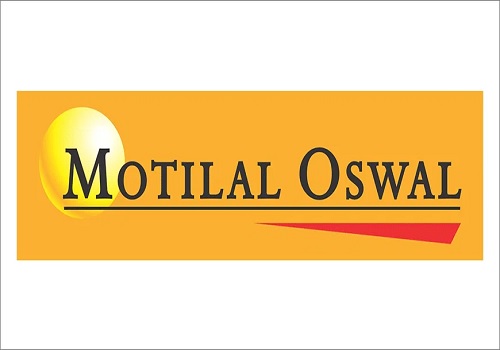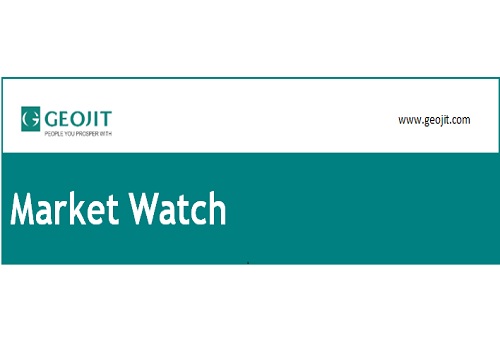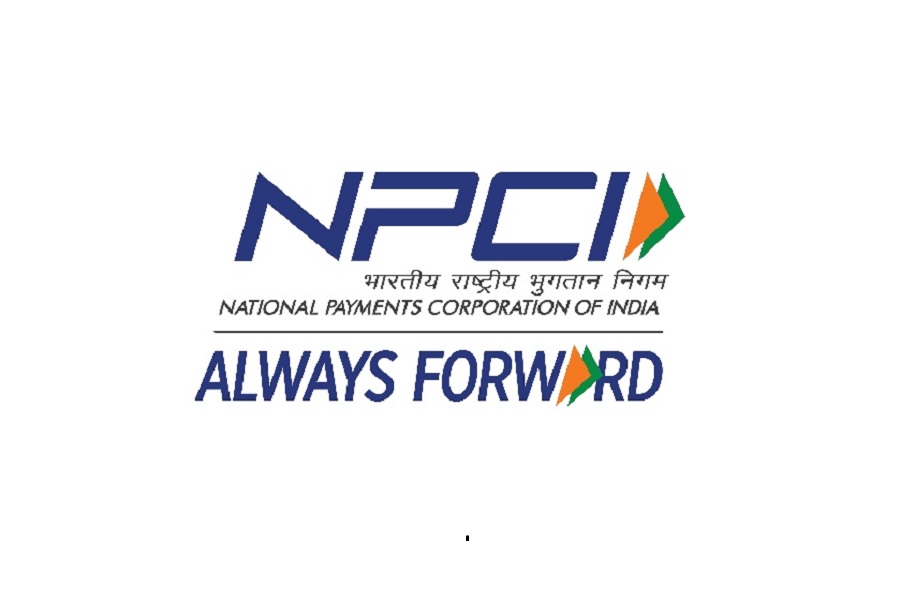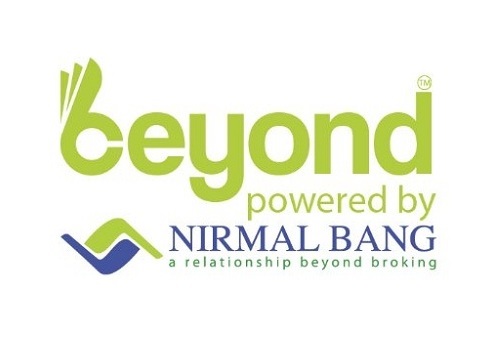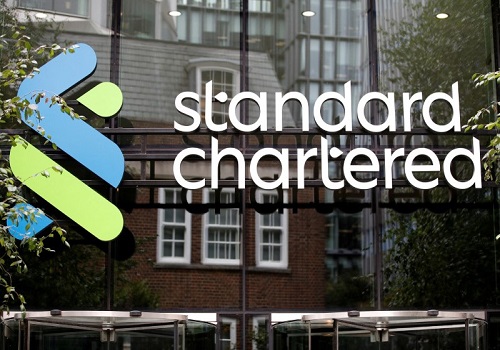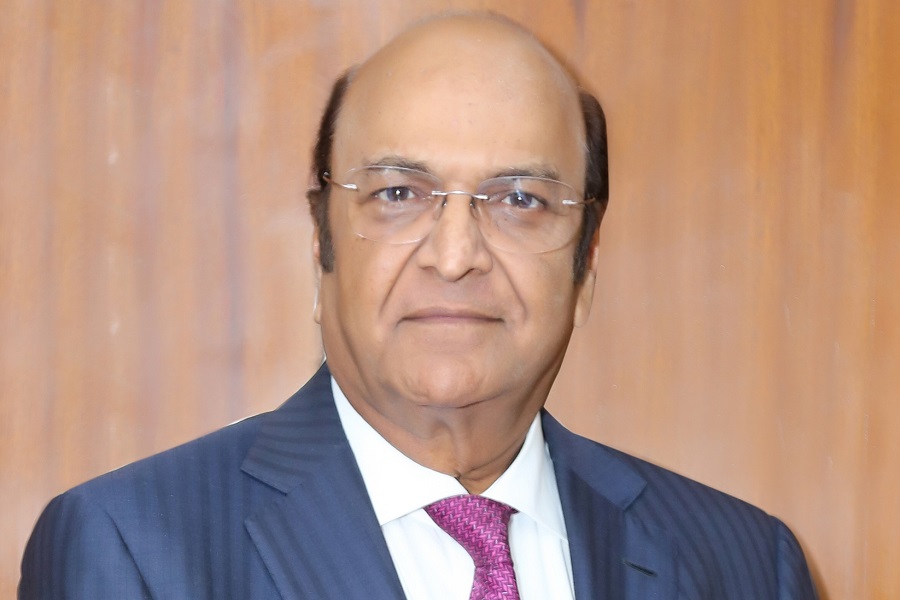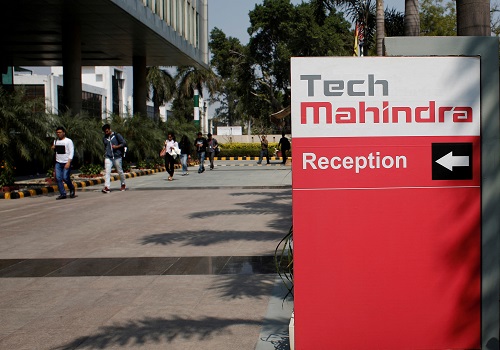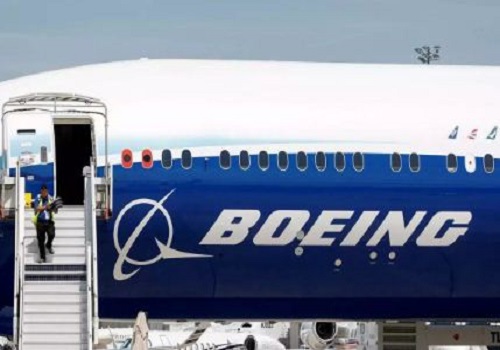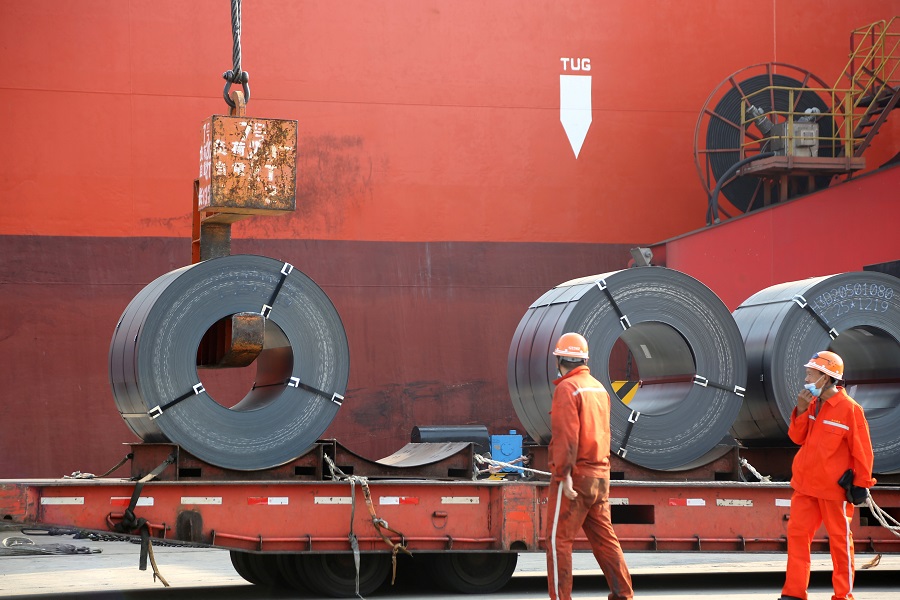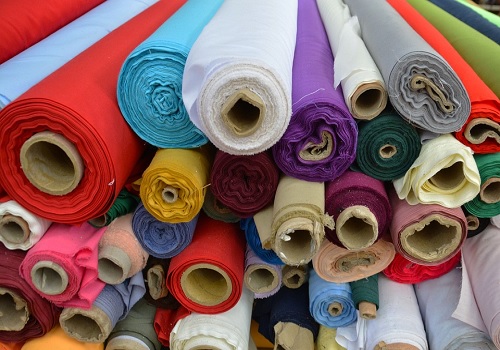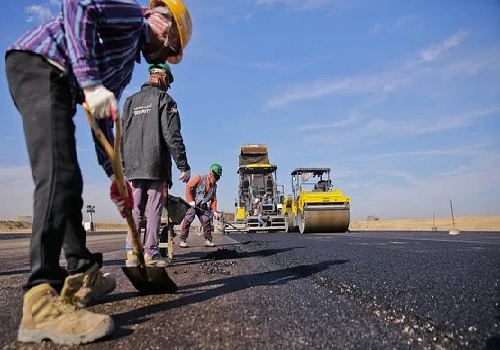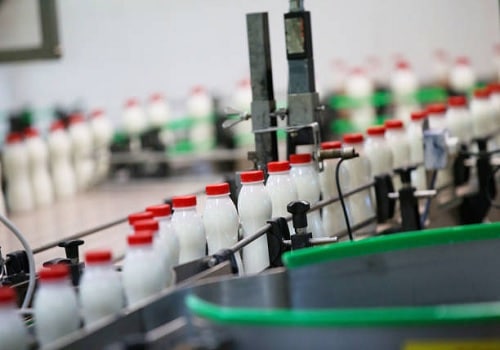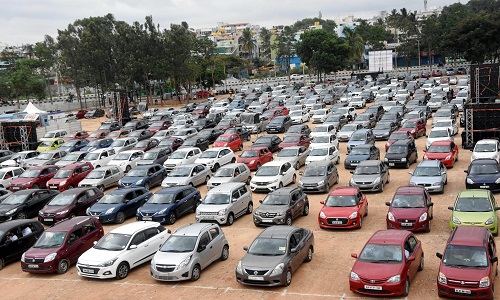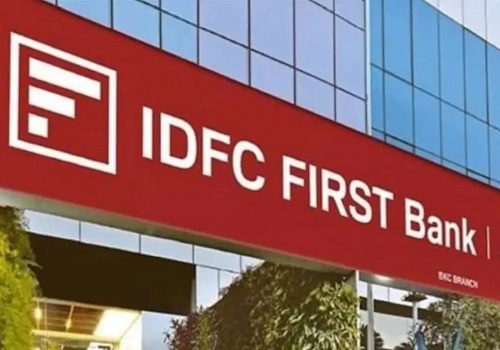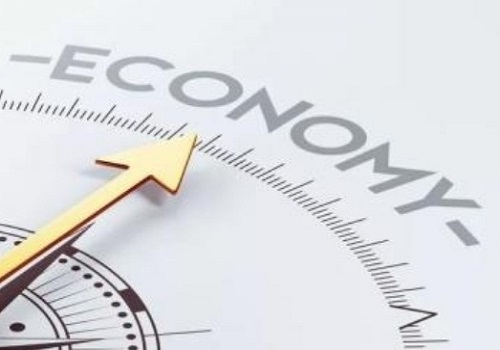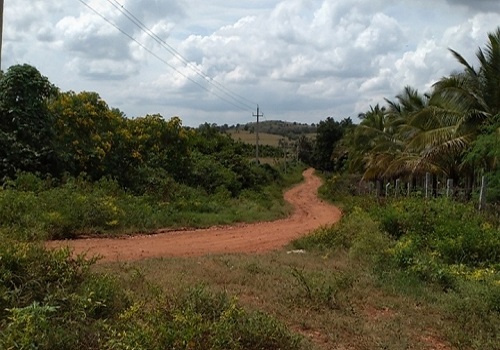Top Indian states` spending on social welfare set to touch 10-year high of Rs 4 lakh crore in FY24: Crisil
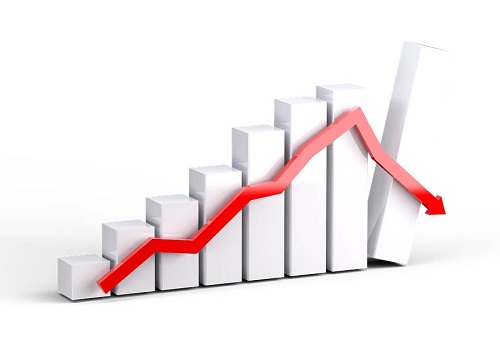
Domestic rating agency Crisil in its latest report has said that top Indian states' spending on social welfare is set to touch a 10-year high of Rs 4 lakh crore, or 1.7 per cent of their combined Gross State Domestic Product (GSDP), in the ongoing fiscal (FY24). After analysing budgets of top 11 states, which account for over three-fourths of the aggregate GSDP, it said the growth in social welfare schemes is expected to clock a 16 per cent jump in compounded annual growth rate between 2017-18 and 2023-24. The revenue receipts grew by 11 per cent during the same period.
Maharashtra, Gujarat, Karnataka, Tamil Nadu, Uttar Pradesh, Telangana, Rajasthan, West Bengal, Madhya Pradesh, Andhra Pradesh and Kerala were the 11 states accounted for in the Crisil report. Rating agency said while allocation towards social welfare schemes is seen essential considering India's demography, a steady increase in the same without commensurate increase in revenues may have an impact the credit profiles of the states in the longer run. It also said these spends were 1.2-1.3 per cent of GSDP on an average before FY18, which has now gone up to 1.7 per cent.
The report further said the higher growth on social welfare schemes is due to states prioritising financial assistance to certain target demographics in the form of direct transfers, pensions and cash incentives, and, in some instances, to honour election commitments. It said ‘social welfare; spending does not include expenditure on education, agriculture, public health and other key sectors, which are budgeted separately. It noted that among the non-committed expenditure items, social welfare schemes have the highest share at 13 per cent of the overall amount, adding that such spending is higher than education (10-11 per cent), power (6-7 per cent), agriculture (6-7 per cent) and public health (4-5 per cent). It said the share of social welfare schemes in the non-committed expenditure stood at 10 per cent in FY18.
